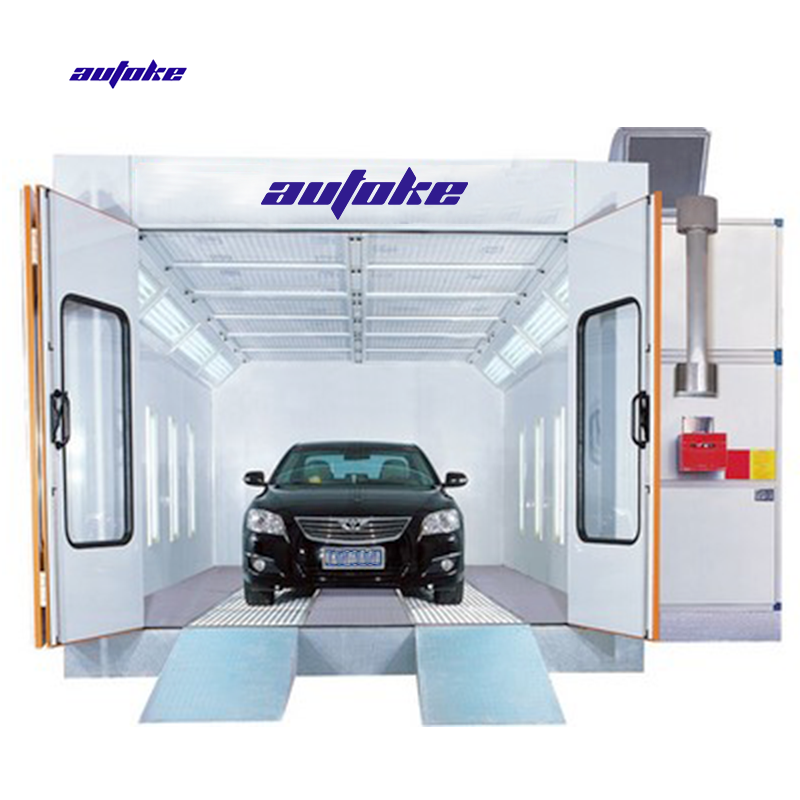Welcome to our blog post on the fascinating world of plastic recycling machines! In today's environmentally conscious society, finding sustainable solutions for managing plastic waste has become more crucial than ever. Plastic recycling machines play a pivotal role in this mission, enabling us to transform used plastics into valuable resources. Whether you're an eco-conscious individual or a business owner looking to make a positive impact, understanding the essential facts about these machines is essential. So, let's dive right in and explore everything you need to know about plastic recycling machines and their significant contributions towards building a greener future!
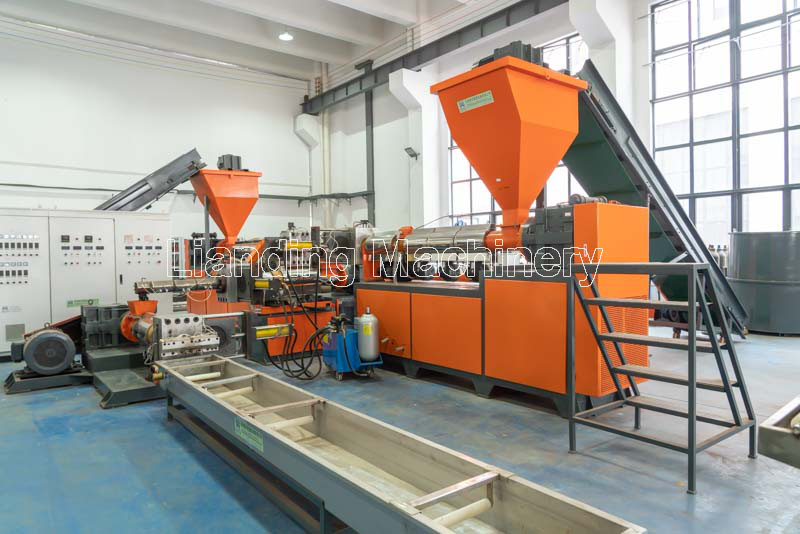
The importance of plastic recycling
Plastic recycling holds immense importance in addressing the global waste crisis and protecting our environment. With millions of tons of plastic waste being generated each year, it is crucial to find effective ways to manage this non-biodegradable material. By recycling plastics, we can reduce the amount of waste sent to landfills and minimize pollution that harms ecosystems.
One significant benefit of plastic recycling is its potential to conserve valuable resources. Plastics are made from petroleum-based materials, which require extensive energy and resources for production. By reusing and repurposing plastics through recycling, we can significantly reduce the need for virgin materials, conserving natural resources such as oil and gas.
Moreover, plastic recycling helps in reducing greenhouse gas emissions that contribute to climate change. When plastics decompose in landfills or incinerators without proper recycling measures, they release harmful gases into the atmosphere. Recycling not only mitigates these emissions but also reduces energy consumption associated with manufacturing new products from scratch.
Additionally, plastic recycling plays a vital role in protecting marine life by preventing plastic pollution in our oceans. Improperly disposed plastics often end up in water bodies where they pose serious threats to marine creatures who mistake them for food or become entangled in them. Recycling helps break this cycle by keeping plastics out of waterways and reducing harm to aquatic ecosystems.
Furthermore, embracing a circular economy approach through plastic recycling promotes job creation within the green industry sector. The process requires skilled workers at various stages - collection, sorting, processing - providing employment opportunities that support local economies while contributing positively towards sustainability goals.
In conclusion, recognizing the importance of plastic recycling is essential for building a more sustainable future. By diverting plastic waste from landfills and minimizing its impact on nature and wildlife habitats, we can make tangible progress towards creating cleaner environments for generations to come.
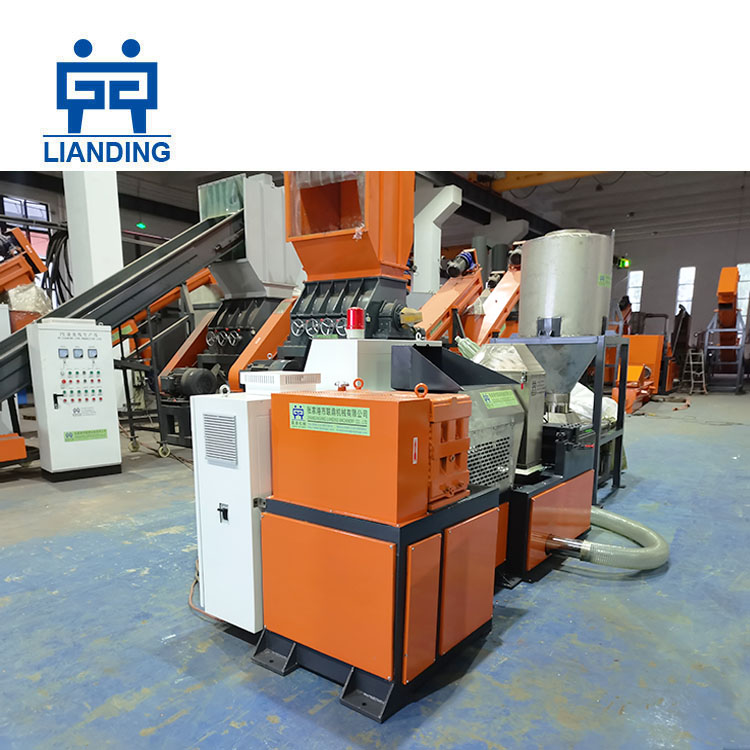
What are plastic recycling machines?
Plastic recycling machines play a crucial role in the process of transforming plastic waste into reusable products. These machines are designed to efficiently sort, clean, and process different types of plastics, making them an essential component of the recycling industry.
There are various types of plastic recycling machines available today, each with its own unique features and capabilities. Some common examples include shredders, granulators, extruders, and injection molding machines. Shredders are used to break down large pieces of plastic into smaller fragments for further processing. Granulators then convert these fragments into uniform-sized pellets or flakes that can be melted down and molded into new products.
Using plastic recycling machines offers several benefits. It helps reduce the amount of plastic waste that ends up in landfills or pollutes our environment. It conserves valuable resources by reusing plastics instead of relying solely on virgin materials. Additionally, it reduces energy consumption compared to producing new plastics from scratch.
When choosing a plastic recycling machine, there are several factors to consider. The type and quantity of plastics you plan to recycle will determine the specific machine you need. You should also evaluate the machine's capacity, efficiency, durability, and ease-of-use.
Maintenance is vital for ensuring optimal performance and longevity of your machine. Regular cleaning and inspection can prevent clogs or breakdowns that may disrupt operations.
The cost investment in purchasing a plastic recycling machine can vary depending on size and functionality; however ,it is important to consider this as a long-term investment since owning a machine can lead to significant savings over time through reduced disposal costs and potential revenue generation from selling recycled materials.
By investing in a plastic recycling machine ,you're not only contributing positively towards reducing carbon footprint but also helping combat pollution caused by improper disposal methods such as incineration or dumping at sea which contribute greenhouse gas emissions
Innovation has played an essential role in advancing technology related to plastic recycling machines .
Types of plastic recycling machines
Plastic recycling machines come in various types, each designed to handle different types of plastics and recycling processes. Let's explore some common types:
1. Shredders: These machines are used to break down plastic waste into smaller pieces, making it easier for further processing.
2. Extruders: This type of machine melts the shredded plastic and forms it into thin strands or pellets that can be used to create new products.
3. Granulators: Similar to shredders, granulators also reduce the size of plastic waste but produce more uniform particles, which can then be melted and molded into new items.
4. Injection Molding Machines: Used for high-volume production, these machines melt recycled plastic and inject it into molds to create various shapes like bottles or containers.
5. Blown Film Lines: These machines extrude molten plastic through a circular die, forming a continuous tube that is later flattened and wound on rolls for use in packaging materials.
6. Pyrolysis Plants: Unlike other recycling methods, pyrolysis involves heating the plastic at high temperatures in an oxygen-free environment to convert it into fuel oil or gas.
7. Reverse Vending Machines (RVMs): RVMs accept empty plastic bottles or cans from consumers and provide incentives like cash refunds or coupons as an encouragement for recycling.
By understanding the different types of plastic recycling machines available, businesses can choose one that best suits their needs and requirements while contributing towards a sustainable future without excessive waste accumulation.
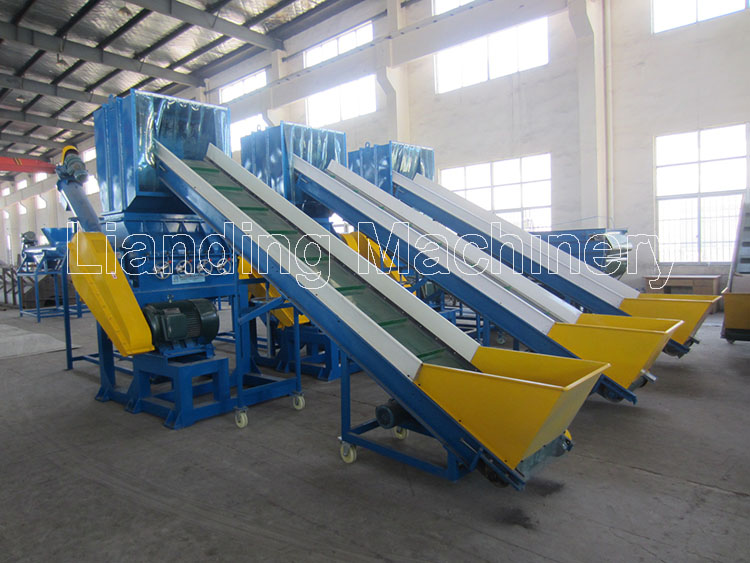
Benefits of using plastic recycling machines
Plastic recycling machines offer numerous advantages when it comes to tackling the global plastic waste problem. These innovative machines play a crucial role in reducing the amount of plastic waste that ends up in landfills or pollutes our oceans. Here are some key benefits of using plastic recycling machines:
1. Resource Conservation: By recycling plastic, we can conserve valuable resources and reduce the need for new raw materials. This helps preserve natural resources like oil and gas, which are used in the production of virgin plastics.
2. Energy Savings: The process of manufacturing new plastic products from recycled materials requires significantly less energy compared to producing them from scratch. Plastic recycling machines contribute to energy savings by reducing the demand for fossil fuels.
3. Waste Reduction: With efficient plastic recycling machines, we can divert a significant amount of plastic waste from landfill sites and incineration facilities. This not only reduces pollution but also saves space in already overcrowded landfills.
4. Environmental Protection: Plastic pollution poses a severe threat to ecosystems and wildlife around the world. Using recycling machines helps mitigate this impact by preventing plastics from entering water bodies or being consumed by animals.
5. Resource Recovery: Plastic recycling machines enable us to recover valuable resources, such as PET (polyethylene terephthalate) or HDPE (high-density polyethylene), which can be reused in various industries including packaging, textiles, construction, and more.
6. Job Creation: The growing demand for effective plastic recycling solutions has created opportunities for job growth within the industry. From machine technicians to sorting operators, these jobs support local economies while contributing positively towards sustainability goals.
7. Cost-effectiveness: Investing in a high-quality plastic recycling machine may require an initial investment; however, over time it proves cost-effective due to reduced reliance on expensive raw materials and lower disposal costs associated with landfilling or incineration.
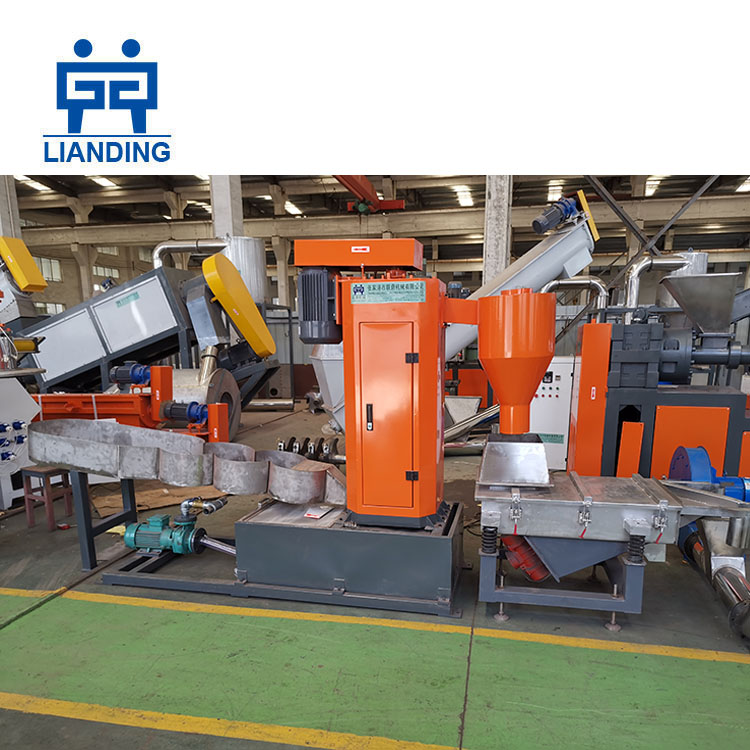
Factors to consider when choosing a plastic recycling machine
When it comes to choosing a plastic recycling machine, there are several factors that need to be carefully considered. First and foremost, you must determine the specific type of plastic waste you will be processing. Different machines are designed to handle different types of plastics, so it's important to choose one that is suitable for your needs.
Another crucial factor is the capacity of the machine. You need to assess how much plastic waste you generate on a regular basis and select a machine with a capacity that can efficiently handle your volume.
The quality and reliability of the machine should also be taken into account. Look for reputable manufacturers who have a proven track record in producing durable and efficient recycling machines.
Cost is always an important consideration as well. While it may be tempting to go for the cheapest option available, remember that investing in a high-quality machine will yield better results in terms of efficiency and longevity.
Consider the maintenance requirements and technical support provided by the manufacturer. A reliable after-sales service ensures that any issues or repairs can be promptly addressed, minimizing downtime.
By carefully considering these factors when choosing a plastic recycling machine, you can ensure that you make an informed decision and select equipment that meets your specific requirements.
Maintenance and operation of plastic recycling machines
Maintenance and operation are crucial aspects when it comes to plastic recycling machines. Proper maintenance ensures the smooth functioning of the machine, while efficient operation maximizes its productivity. Here are some key points to keep in mind:
1. Regular cleaning: Cleaning the machine regularly helps prevent any accumulation of debris or contaminants that can affect its performance.
2. Lubrication: Lubricating moving parts reduces friction and extends the lifespan of the machine.
3. Inspection: Regular inspections help identify any potential issues or wear and tear that may need immediate attention.
4. Operator training: Operators should be well-trained on how to operate the machine safely and efficiently, ensuring optimum results.
5. Quality control measures: Implementing quality control measures during operation guarantees that only high-quality recycled plastic is produced.
6. Troubleshooting expertise: It's essential to have trained personnel who can troubleshoot common problems quickly and effectively.
7. Safety precautions: Following proper safety protocols protects operators from accidents and maintains a safe working environment.
8. Calibration checks: Periodic calibration checks ensure accuracy in measuring variables such as temperature, pressure, and speed for optimal performance.
9. Documentation and record-keeping: Maintaining records of maintenance schedules, repairs, and operational data helps track performance trends over time.
10. Upgrades and technology advancements: Staying updated with industry advancements allows for implementing new technologies or upgrades that enhance efficiency or improve recycling capabilities.
When it comes to maintenance and operation of plastic recycling machines, investing time in regular upkeep pays off in terms of longevity, reliability, cost-effectiveness,and overall success in reducing waste through effective recycling practices.
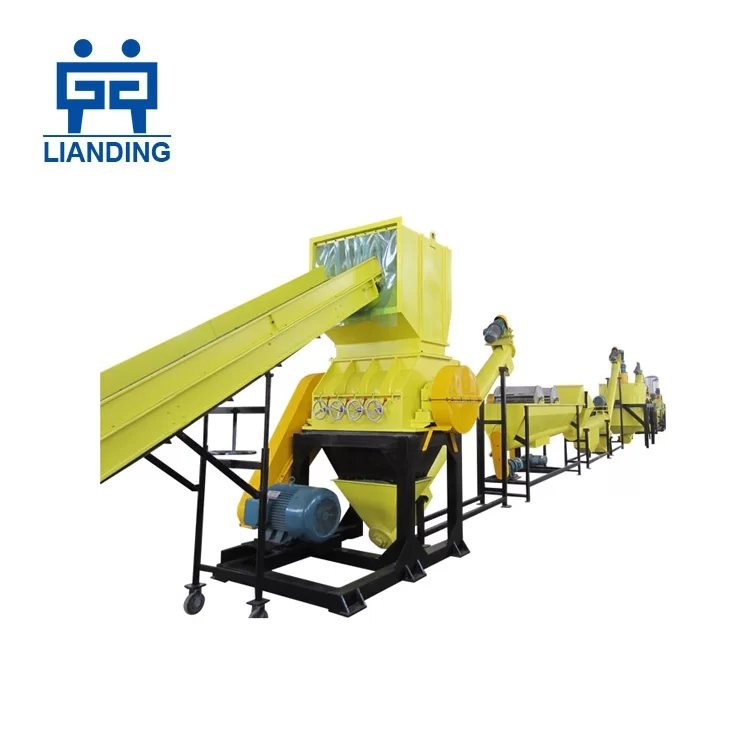
Cost and ROI of owning a plastic recycling machine
Investing in a plastic recycling machine is not only beneficial for the environment but also for your business. However, it's essential to consider the cost and return on investment (ROI) before making a purchase.
The cost of owning a plastic recycling machine can vary depending on factors such as the size, capacity, and technology used. Generally, these machines range from several thousand to hundreds of thousands of dollars. While this may seem like a significant upfront investment, it is important to remember that it can lead to long-term financial gains.
One key factor to consider when calculating ROI is the savings generated by recycling plastics instead of purchasing new materials. By reusing recycled plastics, businesses can reduce their production costs significantly while minimizing waste disposal expenses.
Additionally, owning a plastic recycling machine opens up opportunities for additional revenue streams. You can sell recycled plastics or even offer recycling services to other companies in your area. This diversification can further contribute to your ROI.
It's crucial to assess the payback period along with ongoing maintenance costs when evaluating ROI. While there will be initial expenses associated with installation and training employees on operating the machine efficiently, these costs are typically offset by long-term savings and increased profits.
By implementing efficient waste management practices through ownership of a plastic recycling machine, you not only contribute positively towards sustainability but also position yourself as an environmentally responsible entity within your industry.
In conclusion, understanding the cost dynamics and potential returns associated with owning a plastic recycling machine allows you to make an informed decision about investing in this technology. With careful planning and consideration of various factors including purchase price, operational costs, potential revenue streams, and environmental impact – incorporating such machinery into your business operations could prove highly advantageous both financially and ecologically!
Impact on the environment and reducing carbon footprint
Plastic pollution has become a significant environmental concern, with millions of tons of plastic waste ending up in landfills or polluting our oceans every year. This not only harms wildlife but also contributes to greenhouse gas emissions, exacerbating climate change. However, plastic recycling machines offer a solution that can significantly reduce the environmental impact of plastic waste.
By using plastic recycling machines, we can divert plastic waste from ending up in landfills and incinerators. Instead, these machines process the waste material into reusable forms such as pellets or flakes that can be used to manufacture new products. This reduces the need for virgin plastics derived from fossil fuels, thus decreasing carbon emissions associated with their production.
Furthermore, utilizing recycled plastics also conserves natural resources like oil and gas since it takes less energy to produce goods from recycled materials compared to raw materials extraction.
In addition to reducing carbon footprint through resource conservation and energy savings, recycling plastics helps combat air and water pollution. When disposed of improperly or left unrecycled, plastics release harmful toxins into the environment during degradation processes. Recycling prevents these toxins from seeping into soil and water sources.
Moreover, by promoting proper disposal practices and encouraging recycling initiatives within communities, we create awareness about responsible consumption habits among individuals. This collective effort towards adopting sustainable practices leads to a more environmentally conscious society.
The use of plastic recycling machines is just one piece of the puzzle when it comes to addressing plastic pollution and reducing carbon footprint. It requires collaboration between governments, industries, consumers, and organizations dedicated to sustainability goals.
Ultimately though this technology plays an integral role in achieving a circular economy where resources are conserved rather than wasted while significantly minimizing our impact on the environment.
Lianding
recycleplas@163.com
